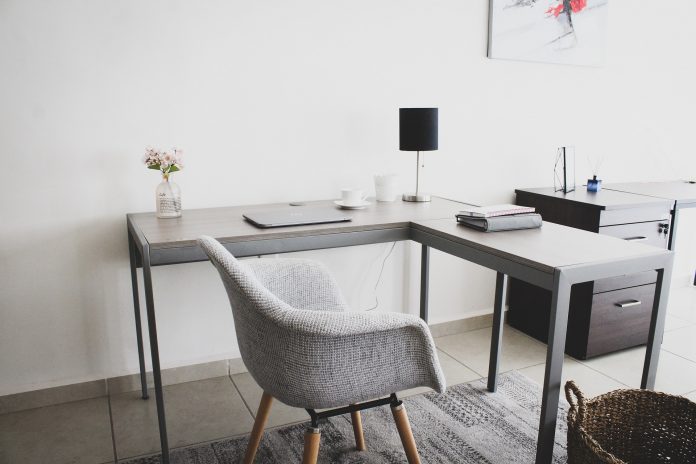
An office space is more than four walls and a few desks. It’s a statement about your brand, your people, and how you work. As businesses grow and adapt, so should the environments they operate in. When your workspace begins to hinder rather than help your team, it’s time to reconsider its purpose and potential.
Creating a workspace that aligns with your business goals doesn’t necessarily mean starting from scratch. Sometimes it involves targeted improvements. Other times, a full-scale transformation is the better route. Knowing what to choose and why can set the course for long-term success.
Why Outdated Offices Hold Businesses Back
Uninspiring office environments quietly reduce productivity. Poor lighting, lack of climate control, and excessive noise can disrupt focus and dampen energy levels. These conditions often lead to staff dissatisfaction and missed performance targets.
Old-fashioned spaces also impact recruitment. New talent is less inclined to join a company whose workplace feels outdated or neglected. It can signal resistance to change and a lack of investment in people and progress.
Businesses that partner with an office refurbishment company in Leeds can address these concerns efficiently. From enhancing first impressions to aligning the workplace with modern workflows, a thoughtful refurbishment can support both external perception and internal engagement.
Choosing Between Refurbishment and Fit Out
Deciding between refurbishment and fit out depends on what your current space offers and what your team needs. Refurbishment typically involves freshening up the existing setup with new finishes, better lighting, improved furniture, and updated layouts. It’s ideal when the structure and systems still meet your needs.
A fit out, on the other hand, involves transforming an empty shell into a fully functioning office. This route includes installing everything from lighting and HVAC systems to flooring, partitions, and furnishings. It’s a blank canvas that allows for more freedom in design and layout but often comes at a higher cost.
Refurbishment: Working With What You Have
Refurbishment lets businesses unlock the potential of their existing office. Cosmetic updates like new paint, carpets, and furniture can lift the look and feel without significant disruption. Reconfiguring the layout by removing or repositioning partitions can breathe new life into stale work areas.
Improvements like energy-efficient lighting and modular furniture offer excellent returns. Technology upgrades, including faster internet and smart room controls, also contribute to a more functional and appealing workplace.
Many companies stagger their refurbishment to maintain day-to-day operations. By handling work in stages or outside normal hours, they limit the impact on staff while still reaping the benefits of a refreshed environment.
Fit Out: Starting from a Clean Slate
When businesses move into new premises or decide to radically shift how they work, a fit-out is the natural choice. A Category A fit out provides the basics, flooring, lighting, heating, and bathrooms. Category B takes things further, adding furniture, meeting spaces, branding, and tailored design features.
Fitouts are especially useful for firms adopting hybrid work models. Features like soundproof booths, flexible collaboration spaces, and smart tech integration allow teams to work seamlessly, on-site or remotely. With a thoughtfully executed fitout, offices become more than places to work; they become tools for collaboration and innovation.
Creating a Space That Works for You
An office that reflects your brand, supports your people, and improves performance is always worth the investment. Whether you refurbish or fit out, the key lies in matching the space to your business’s evolving identity and goals. With the right planning, input, and expertise, your workplace can become a tool for growth, not just a place to work.
















